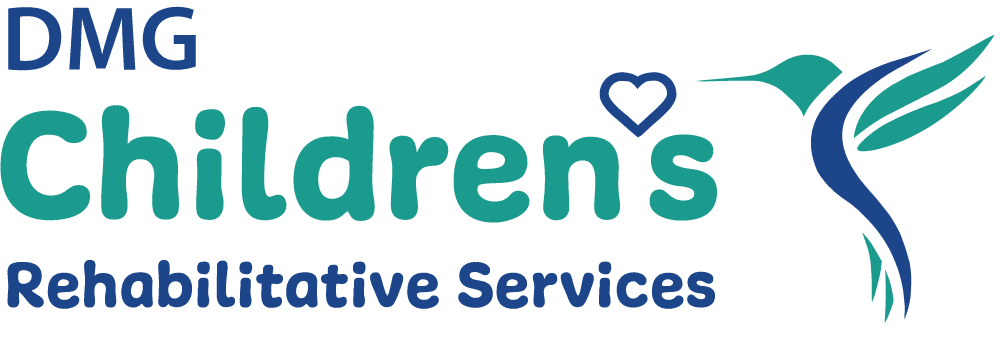Living with Spina Bifida
By Pamela Murphy, MD, FAAP lead physician, Spina Bifida Clinic and pediatrician
With expert treatment, care and support, children with spina bifida can live normal or near-normal life spans and be active individuals. The goal of treatment is to enable the child to manage their specific spina bifida complications and live as independent, productive individuals.
Changes with growth
As a child with spina bifida grows, complications associated with the disease may surface and potentially deteriorate some of their physical and mental functional abilities. The goal of treatment is to monitor for these issues and try to prevent them.
Spina bifida-related issues that can decrease physical function include:
- Hydrocephalous: Requiring surgery, this condition increases fluid and pressure in the brain. This condition occurs in about 75% of cases of myelomeningocele.
- Syringomyelia: This condition results in a fluid-filled sac within the spinal cord that can cause spasms, which are loss of muscle mass (atrophy) or curvature of the spine (scoliosis).
- Tethered cord: Potentially worsening paralysis and bowel and bladder function, the spinal cord attaches to scar tissue at the spina bifida repair site. It can also lead to scoliosis and back pain.
Spina bifida can also increase the risk of the following problems which impact physical and/or mental abilities:
- Bone/orthopedic problems: Scoliosis, kyphosis, hip dislocation, joint deformities, clubfeet, contracted muscles and weaker than normal bones
- Chiari II malformation: Causes pressure on the brain stem and can result in vocal cord weakness, swallowing challenges, arm weakness and/or involuntary movement (spasms) of the leg
- Latex allergy
- Psychological problems: Depression, anxiety and low self-esteem
- Some individuals with myelomeningocele will have executive function disorder which includes challenges with attention, focus, organizing, planning, and math.
- Urinary tract disorders: Bowel and bladder incontinence in individuals with myelomeningocele and some with meningocele
- Vision problems
- Weight problems (obesity): Can lead to decreased mobility, skin breakdown, loss of muscle tone, diabetes, heart disease, stroke, sleep apnea and inability for physicians to perform certain necessary surgeries
- Skin wounds: Skin areas with loss of sensation and may develop skin wounds
Promoting optimal activity and independence
As each patient living with spina bifida has unique needs and challenges, a multispecialty care team is engaged to support the patient throughout their lifetime. The goal is to prevent complications, diagnose issues as early as possible, and provide the needed support and resources for the individual to live an active and productive life as independently as possible.
Phoenix-based DMG Children’s Rehabilitative Services’ (DMG CRS) Spina Bifida Clinic is designated as a Spina Bifida Association Clinical Care Partner meeting ten standards established by the Spina Bifida Association for providing care to patients. Offering the following programs to spina bifida patients and their families, we support both children and adult patients.
- Pediatric spina bifida clinic: A full-day program for the patient and their family to meet with multispecialty pediatric spina bifida experts and supports services to get education, identify needed resources, and discuss current research opportunities
- Transition spina bifida clinic: A monthly clinic for teens and young adults ages 14-21 years old with spina bifida to move towards independence as able, develop goals for self-care and independence, and provide community resource recommendations to support transition from pediatric to adult care
- Adult spina bifida clinic: Established in 2018 as the first adult spina bifida clinic in Arizona, offered monthly providing integrated care and support services for adults with spina bifida and other spinal cord conditions
Learn more about the care and support DMG CRS offers spina bifida patients and their families.
Article originally published at dmgaz.org.




